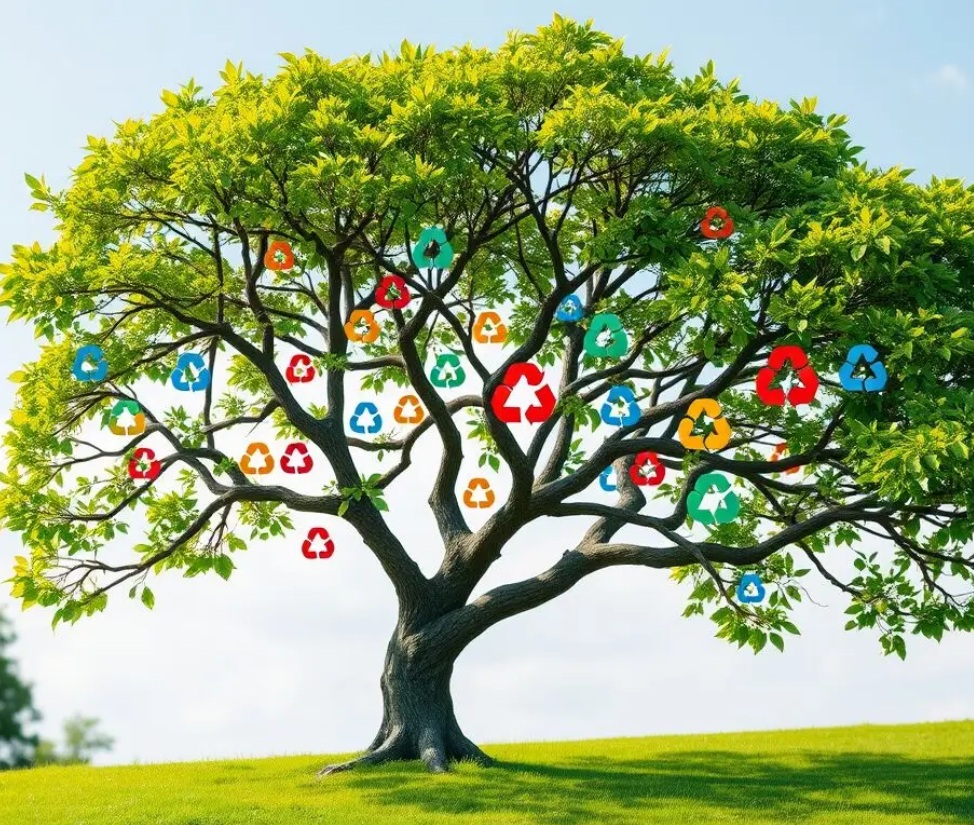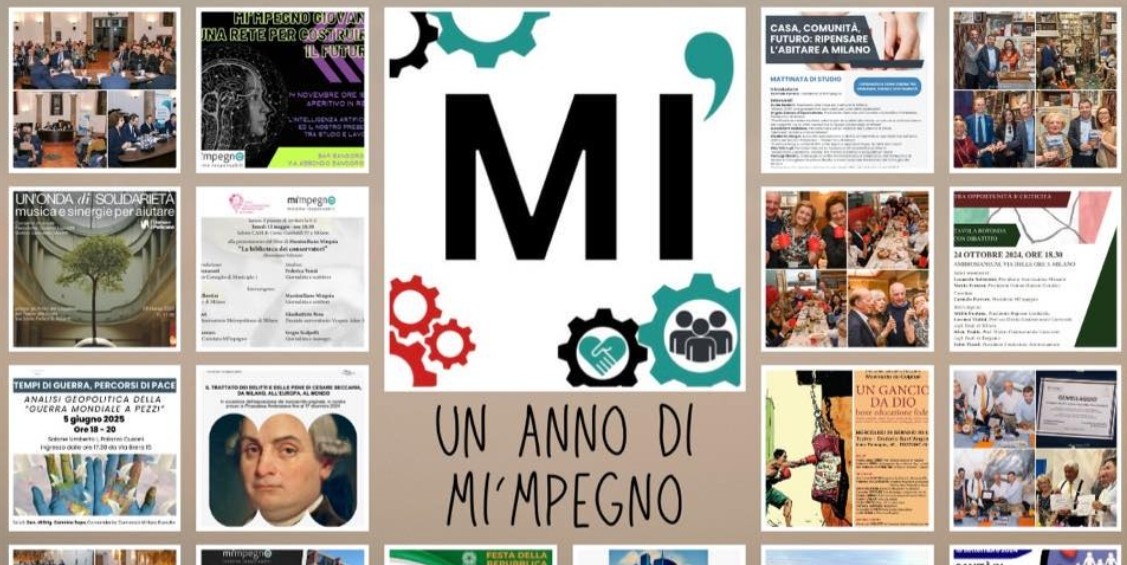 Roberto Targetti, nato a Milano nel 1947, laurea in giurisprudenza, è stato uno dei più innovativi direttori del personale in grandi aziende come Heineken, Novartis, ecc.
Roberto Targetti, nato a Milano nel 1947, laurea in giurisprudenza, è stato uno dei più innovativi direttori del personale in grandi aziende come Heineken, Novartis, ecc.
Su TrendiestMAG pubblica commenti sul diritto del lavoro e una serie di “abstract” di importanti opere letterarie classiche o dei nostri giorni, di particolare significato per i manager di un’azienda.
——————————————————————-
The seasons of a man’s life
Daniel J Levinson, professore di psicologia a Yale, ha condotto insieme ad altri una ricerca sul ciclo di vita dell’uomo. Ha preferito condurre un’analisi estremamente approfondita su un campione ridotto piuttosto che studiare un campione numeroso in modo meno approfondito.

Ha quindi studiato le fasi della vita di quaranta persone e, per i motivi indicati sopra, si è concentrato solo su uomini. Una scelta che oggi sarebbe impensabile; ma la ricerca è stata pubblicata nel 1978 e il lavoro risale quindi alla fine degli anni settanta. Tra l’altro notevolissima importanza è data al lavoro e, a quel tempo, non erano numerose le donne lavoratrici.
La ricerca è, a mio modo di vedere, ancora attualissima. L’unica modifica che apporterei è quella di spostare in là le età indicate per ogni fase dato che la vita dell’uomo si è allungata e così le sue fasi. La ricerca inoltre andrebbe estesa alle donne. Ma prendiamo dalla ricerca originale ciò che c’è di interessante e attuale.
The seasons of a man’s life
Del libro non esiste traduzione e quindi recensisco in italo-inglese.
STAGIONI
Levinson individua quattro stagioni o ere nella vita (men’s life cicle):
- Childhood and adolescence age 0-22
- Early adulthood age 17-45 (oggi direi 50 almeno)
- Middle adulthood age 40-65 (oggi anche 50-65)
- Late adulthood age 60 and over (oggi 65/70)
Per Daniel J Levinson gni stagione è caratterizzata da una relativa stabilità, mentre il passaggio da una stagione all’altra (passaggio chiamato “transition”) costiruisce un developmental period.
EARLY ADULTHOOD: caratterizzata dal picco di intelligenza e di capacità intellettive (memoria, pensiero astratto, ability to learn – oggi “learning agility”- , problem solving). Questa stagione è caratterizzata inoltre da: visible cosmetic changes, first major choiches, contributre to society (including survival of species). It is stressful.
MIDDLE ADULTHOOD: caratterizzata da change in biological and phisiological functionality, sequence of generations, evolving careers and enterprises.
LATE ADULTHOOD: after retirement, but also before, a man has acquired the right and the desire to shift from work to play (provided that he has financial and social security).
Se noi guardiamo alle stagioni descritte da Levinson con gli occhi della nostra politica motivazionale aziendale (ESPRIMERSI, REALIZZARSI, DIVERTIRSI) sembra che possiamo abbinare la Early adulthood con “esprimersi e iniziare a realizzarsi”, la Middle adulthood con “realizzarsi” e la Late adulthood con “divertirsi”
TRANSITIONS
Every switch from a season to the following season is a real transition where the man significantly reset needs, desires, priorities. It is a developmental period in comparison to stable period of a season.
That means: to leave or close the present needs, desires etc, and to open or start new ones.
As a consequence that means to leave a confort zone and to begin a new undiscovered situation. This brings tumultuous struggles within the self and with the external world.
The most significant transition is the mid life transition, from early to middle adulthood
The major tasks the man goes through in this transition are
- Terminate the era of early adulthood, review his life in this era, reappraise what he has done in it with judgement regarding relative success or failure.
- Take first steps toward initiation of middle adulthood. Although not ready to start building a new life structure begin to modify the negative elements of present structure and test new choices.
In A) a man discovers how much it has been based on illusions and faces the tasks of de-illusionment. As the mid life transition proceeds, the emphasis gradually shifts from past to future. Changes are occurring also in the family: marital relationship is different, children are growing up, parents die or become more dependent; family life is taking new forms.
Externally and in the work: even if he has the same workplace, the character of of his work has been altered as a results of chenges in technology, in organizational structure, in speed, in relations….
Finally he has been influenced by changes in the world such as depression or crisis, social movements etc.
A profond reappraisal of this kind cannot be a cool, intellectual process.
In ottica aziendale
In ottica aziendale è interessante notare come le decisioni aziendali possano impattare diversamente sullo stesso individuo a seconda che questi si trovi in una stagione della vita o in un’altra, oppure in una fase di transizione. E ovviamente ancora di più se le decisioni aziendali sono rivolte direttamente all’individuo come lo sono per esempio un cambio di incarico, un trasferimento, una punizione, ecc.
In tali casi l’impatto che la decisione aziendale ha sull’individuo si somma e sinergizza con lo stress/difficoltà/incertezze/euforia….. provocati dagli eventi personali qui studiati.
Pensiamo anche a quanto diversa può essere la propensione al cambiamento a seconda della stagione della vita in cui uno si trova oppure se la persona già di suo si trova in una transizione impegnativa come la mid life transition.






